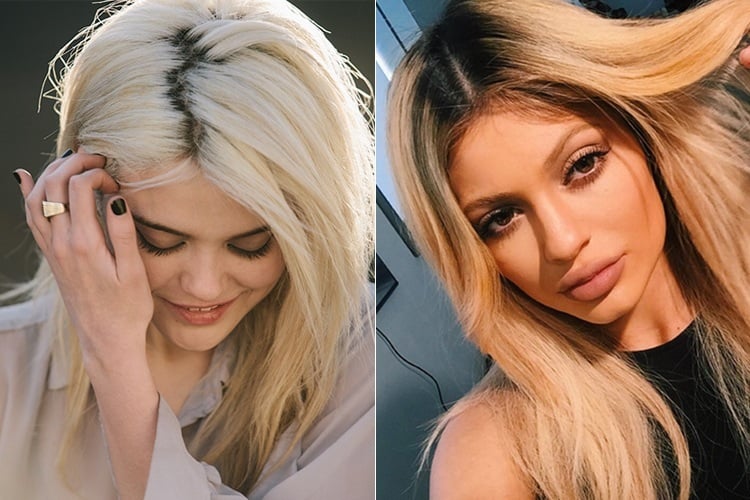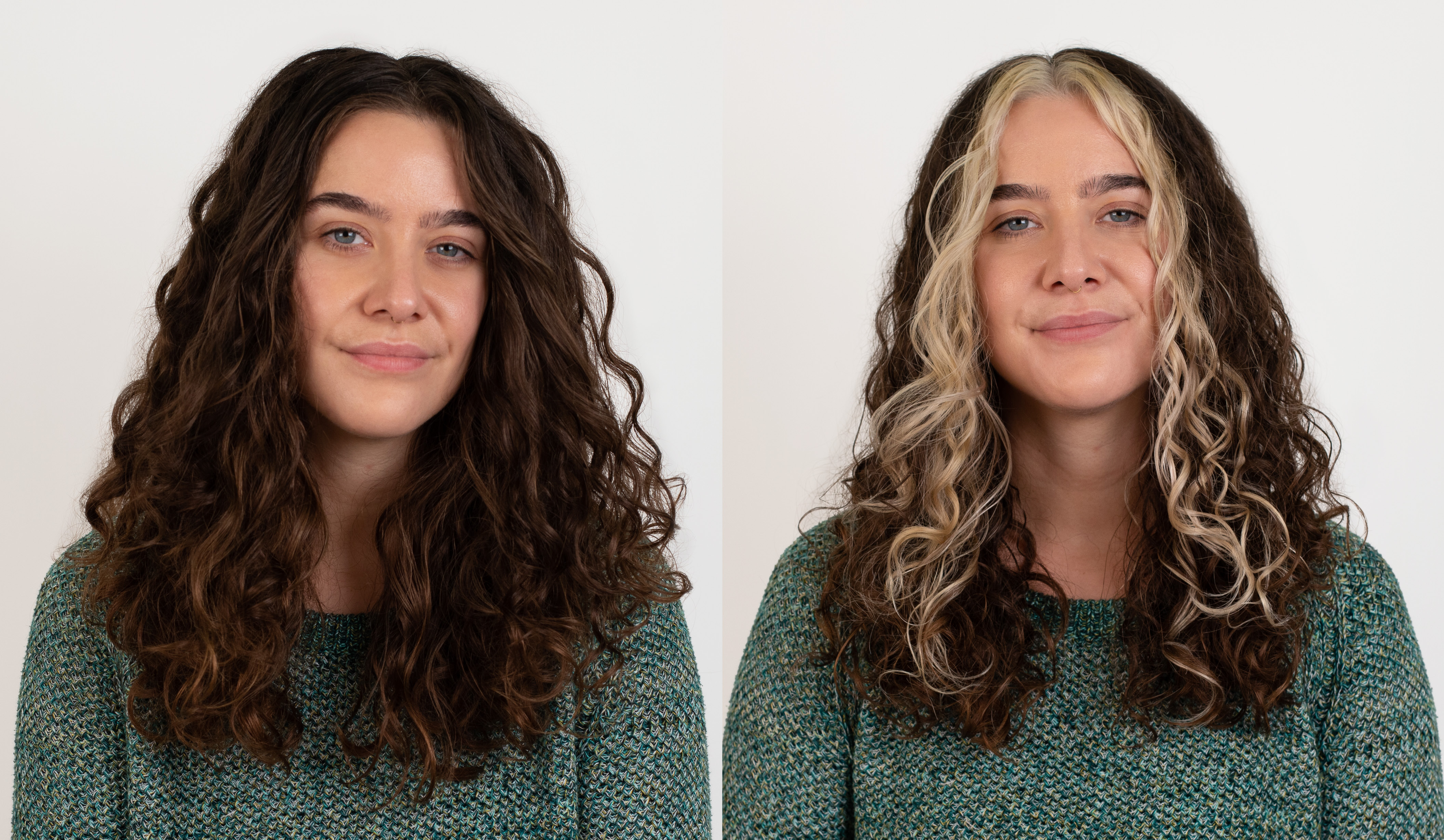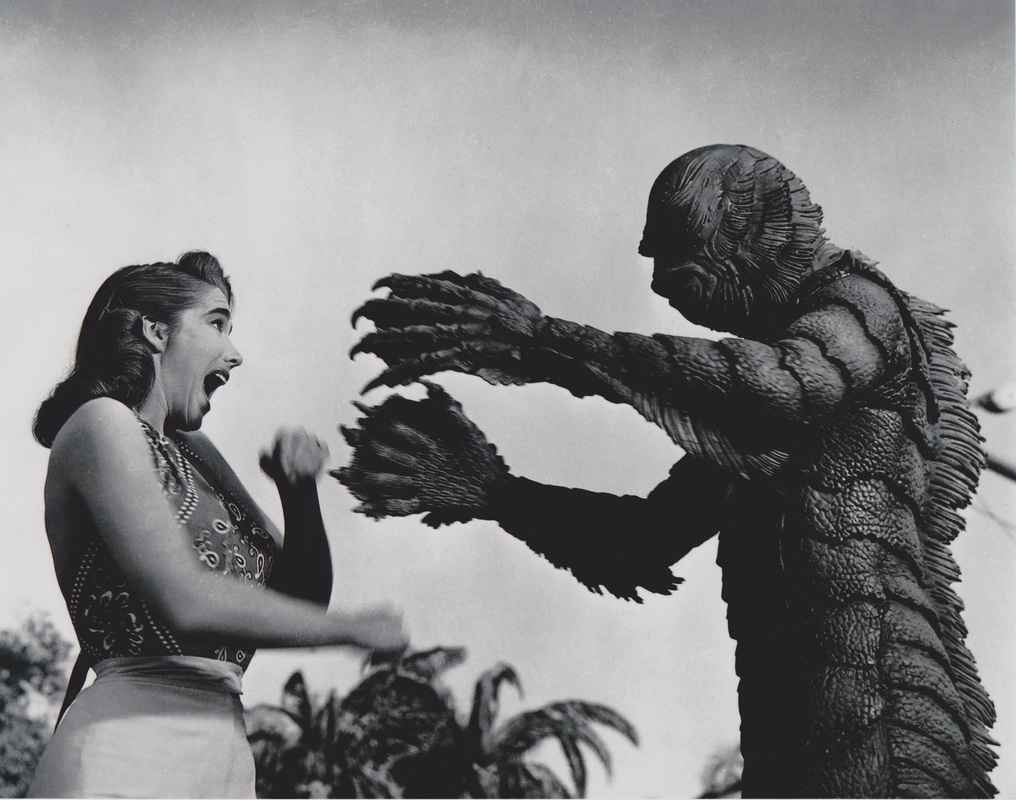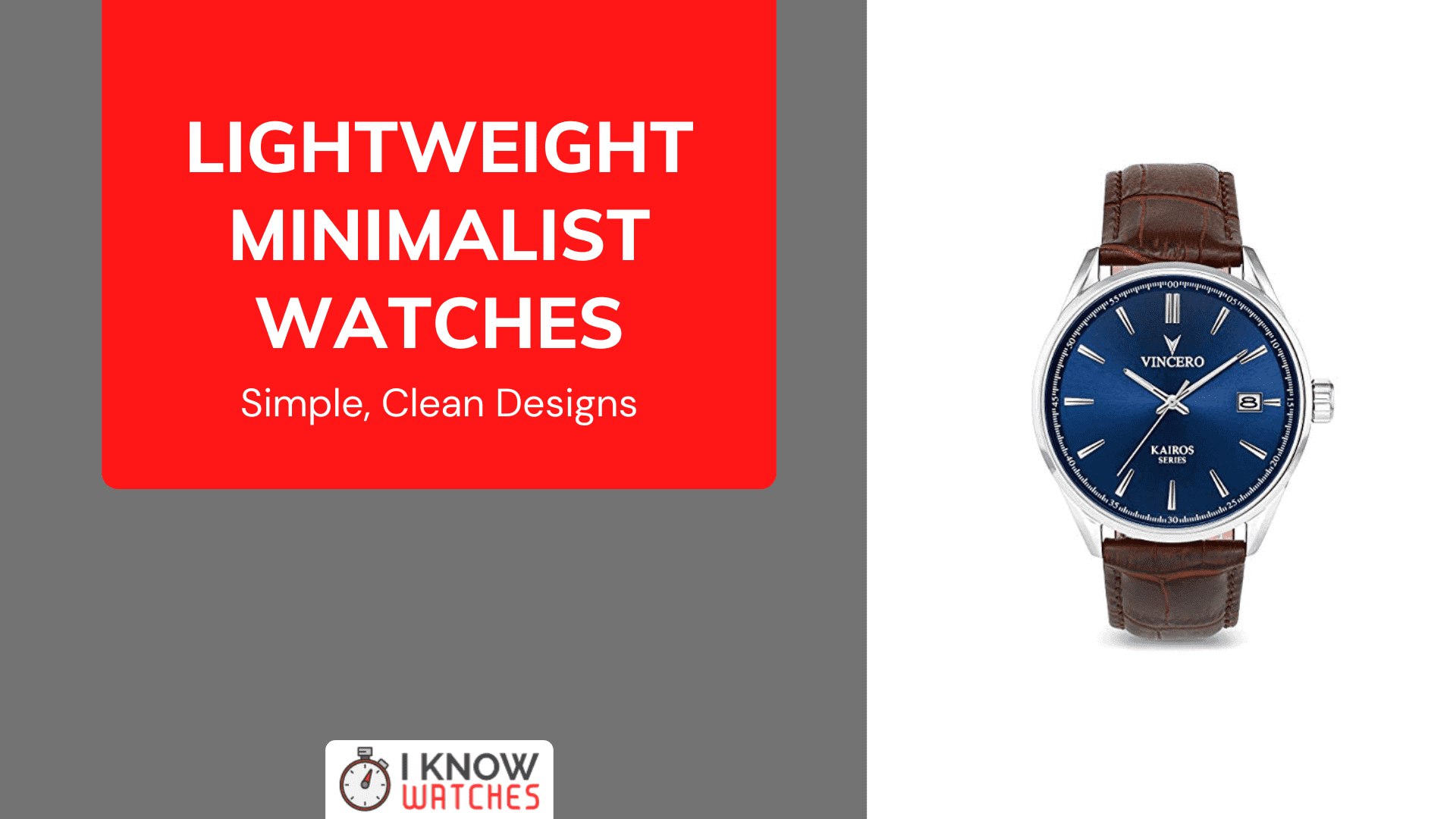Table of Content
This is the number one bleach used by many people. You can use it alone or mixed with other ingredients such as honey, turmeric, pawpaw, among others, to lighten the hairs and skin. You also have other options such as hydrogen peroxide and water.

Gently pat your arm dry with a towel, then apply some lotion if your skin feels dry. Wash the cream off using cold water and shampoo, then pat your arm dry. The shampoo will help restore your skin's pH balance while rinsing off the rest of the bleach. Discard any leftover bleach, then rinse out the tray and spatula.
Side Effects of Bleaching Hair Using Chemical Products
As you apply the mix to your hair, make sure you work in sections to cover every area of your hair. To prepare the baking soda mix, you are going to need the following. Make a cup of chamomile tea and set it aside to cool. Take a bowl to combine half-cup of the hair conditioner with cinnamon powder to get a thick paste. Take a bowl and mix the ingredients to get a smooth mixture.
Take a tablespoon of salt & mix it with warm water. First, wash your hair with shampoo to get rid of the excess oil from the hair. Take a bowl and combine warm water with baking soda to get a consistent and smooth paste. Allow the mixture to sit overnight as it helps in activating the color.
Pros and Cons of Arm and Leg Hair Lightening
When you use it and olive oil, it will help in conditioning your hair to lighten it. Both vinegar and honey come with bleaching properties that help in lightening your hair. With this treatment, you can lighten the hair by at least a shade. You can also reach for a product like the L’Oréal Paris EverPure Sulfate-Free Bond Strengthening Color Care Shampoo and the L’Oréal Paris EverPure Sulfate-Free Bond Strengthening Conditioner. This duo works to seal in hair color for up to sixty days, while also keeping your hair healthy. After that, wait for your strands to dry to see your results.

If you want your hair to lift as light as possible then leave the mixture on for 35-4o minutes . Adams recommends checking your hair to see if it's lifted to the level you desire and says, "you wouldn’t want to lift hair from one to seven if you only need to lift it to four or five." The main secret to bleaching your hair at home successfully is following the specific instructions for the product you’ve picked. Also, section and do the roots last should be your mantra.
How to Take Care of Your Bleached Hairs?
You could also use a foil-lined cap or heat to speed things up, but this isn't recommended until you've become more experienced at bleaching and know how your head and hair react to the process. Your head will be very itchy and should feel hot because the chemical reaction produces heat.However, if you are in pain or feel too much of a burning sensation, move to the next step. It's better that you get it done professionally or fixed up in a salon than burn your scalp.

Dip a cotton ball or a tissue onto the diluted hydrogen peroxide, and dab it onto you arm. If no burning or irritation occur, you can proceed. The DIY at-home method can be done for under $50 using products and tools from Sally Beauty. This really depends on your tolerance for risk, but many people opt to do it at home to avoid expensive salon visits.
Cinnamon can lighten the hair, making it look dimensional and rich. It can protect your hair from the sun as it contains antioxidants that prevent hair damage. It has bleaching properties that will leave your hair with a reddish highlight as it lightens it. Well, you will be happy knowing that here are ✅10 Ways to Bleach Your Hair at Home without damaging them.
After applying sunblock or sunscreen, you can bask in the sun to absorb the essential vitamin D as your body hairs also enjoy pigmentation by the sun. Using a hot milk bath to not only moisturize the skin, but also lighten body hair, though not to the same degree as with the products above. Use lots of creamy milk on your skin once a day and it should be giving results after several applications. First and foremost, you will need to grab yourself a bleaching kit. There are different types of bleaches, and you will need to grab one specifically for body hair. This means that it is stronger than most, but also gentle in its application.
Take another cotton ball and use it to apply the mixture all over your arm and leg. Don’t apply a lot that’s left dripping after application. Have a look at some of the ways you can also bleach your arms and legs, plus a break down of the pros and cons of these methods against other ideas. If you are using Retin-A, Alpha Hydroxy or glycolic acid, do not bleach. The package should be stored away from heat and sun, and never a metal should be used to apply the bleach onto your skin.

Once the bleach is ready to be rinsed out, you’ll need to shampoo and condition your hair. Most bleach kits come with an extra nourishing conditioner, so make sure to slather your strands with that. This chart from Wella shows exactly what a hair level is.
After constant shaving, waxing and using other hair removal techniques, you get tired of this cycle, which is why you might prefer lightens the body hairs. Bleaching the arm and leg hairs makes them less visible therefore unlikely for them to be seen by others, eliminating the need to remove them. Using a mix of half a cup of orange peel with one teaspoon of lemon juice, you get a concoction that not only lightens the arm hair but also exfoliates, giving your skin a radiant glow. Lemon juice can lighten your hair, but it can also make your skin sensitive to sunlight. If you go out into the sun immediately after using lemon juice, you could end up with a serious sunburn, dark patches, or a bad rash. Rinse the solution off with cool water and shampoo.
Bleaching the hair on your arms and legs is quite uncommon, but when you’re exhausted with having to shave and wax every other time, this idea can seem plausible. With bleaching your arms and legs, you’re simply disguising the color of the hair so they go unnoticed. You should remember that simply being exposed to sunlight will also slowly but surely bleach your arm hair, burning under its rays. Also, refrain from using soap for at least 6 hours after any lightening procedure in order to prevent irritation and keep the body moist. Scrape off the formula from your arms with the spatula, rinse off the cream and pat it dry. If you want to go even lighter, reapply for another 5 minutes but keep track of any burning sensations.






















